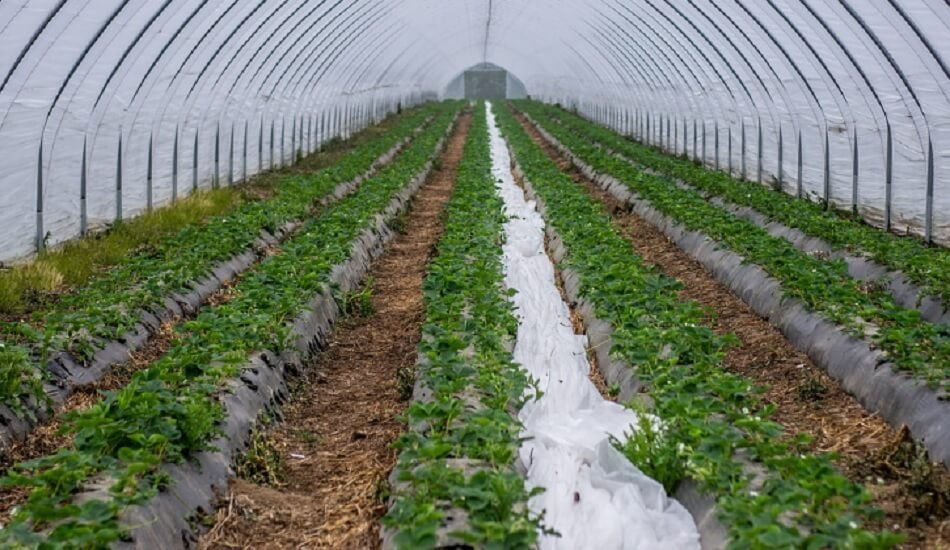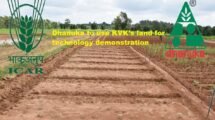Agri university professor develops irrigation, fertigation software.
A former Gujarat Agricultural University professor has developed software that can lower water and energy requirements for certain crops by over 50%.
The Tamil Nadu Agricultural University has undertaken research on micro-irrigation, especially drip irrigation, using Dr. S Raman’s software.
Dr. Raman told Businessline that in one of the turmeric tests conducted by TNAU in Velliangadu village in Coimbatore district’s Karamadai block, the crop was irrigated for only 30-45 minutes each day instead of two hours across two days.
Planning irrigation
The crop grew well because water was supplied uniformly and there was no over-watering of the plants. Also Read | IoT-tech auto monitors drip irrigation, soil condition & nutrient deficit: IFFCO
In the case of a demonstration on a banana field in the same hamlet, irrigation was lowered by 50% and increased to daily frequency. The G-9 banana harvest yielded 40 kilogramme per plant, compared to the standard 30 kg per plant.
Raman claimed to have created software for micro irrigation scheduling and another for fertigation. The software employs a climatological technique to estimate crop water requirements at various phases of development.
The requirements differ depending on whether they are cultivated in the open, in a greenhouse, or in a net house. ‘Subsequently, it will suggest the required period of operation of the micro irrigation system based on the system’s design, soil type, and mulch conditions,’ Raman explained.
Putting the savings to use
Based on district-level meteorological data, the software calculates the crop’s water requirements. According to him, it could indicate a need for 65-70 agricultural and horticultural field crops and orchard crops.
Crop geometry is also considered when evaluating water requirements, and it indicates when to administer micro irrigation based on spacing and soil type.
It analyses the water requirement for a specific day based on the effective rainfall a region receives and can be updated on a regular basis, he said.
The use of the programme has resulted in water and energy savings, which the government can redirect to other sectors, particularly industries, according to the former Gujarat Agricultural University professor.
In addition to managing weeds, the farmer can bring in and irrigate a larger area, which may prevent pest and disease infestations. Farmers’ returns will improve as a result.
Keeping additional costs to a minimum
Similarly, the fertigation software will be based on fertiliser recommendations supplied by state agricultural universities and departments such as agriculture and horticulture.
It has provisions for modifying fertiliser application based on soil and crop growth stage. To make stage-wise application, it considers the nitrogen, phosphorus, and potassium intake patterns.
According to Raman, this can propose the fertiliser requirements of 65-70 agricultural and horticultural field crops and orchard crops, with provisions for considering nutrient savings.
This can save farmers money by avoiding the need for extra fertiliser applications. It will also assist the government in reducing the amount of water soluble fertiliser imported, he said.
Also Read | More than 20 lakh ha of land will be under drip and sprinkler irrigation
Farmers could be enrolled for software use for a small fee, and they could receive SMS alerts on their cell phones for daily irrigation and fertigation.
Farm advisory departments or corporations, on the other hand, can employ to guide farmers. According to Raman, this can generate entrepreneurs at the village level.















Add Comment